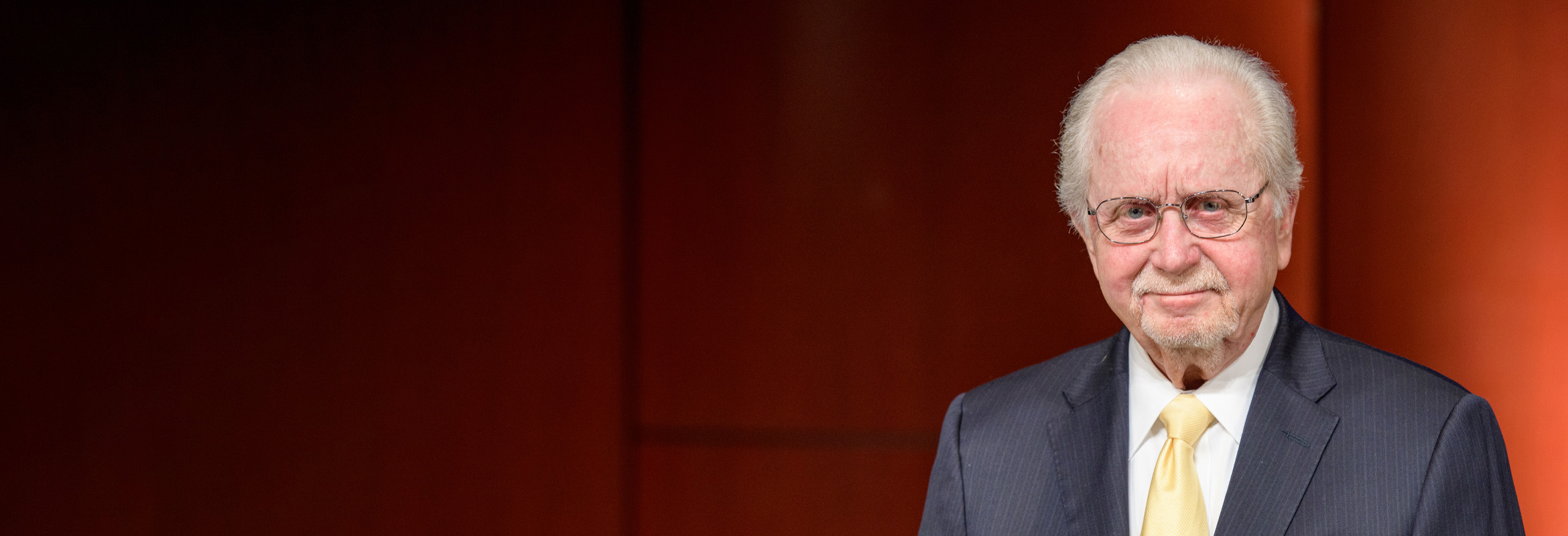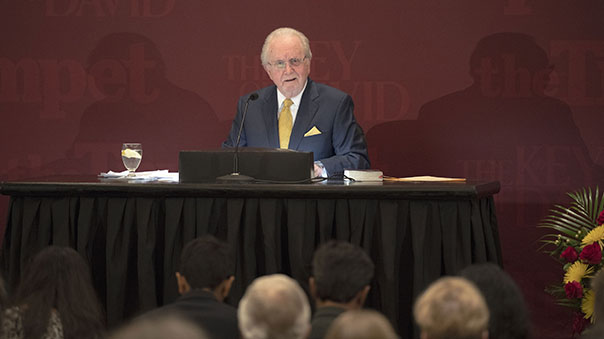

“My proudest legacy will be that of a peacemaker and unifier,” Donald Trump said at his second inauguration. President Trump has probably tried harder than any president in decades to bring peace to this world. Yet no matter how hard he or any other would-be peacemaker tries, the world does not have peace. This has been true of man’s quests for peace throughout history.
Peace is a noble goal, but if it is pursued the wrong way, that effort achieves the opposite!
There is a hidden cause for why man cannot have peace today. This cause is revealed through one recent example of peacemaking that did actually bear fruit.

“My proudest legacy will be that of a peacemaker and unifier,” Donald Trump said at his second inauguration. President Trump has probably tried harder than any president in decades to bring peace to this world. Yet no matter how hard he or any other would-be peacemaker tries, the world does not have peace. This has been true of man’s quests for peace throughout history.
Peace is a noble goal, but if it is pursued the wrong way, that effort achieves the opposite!
There is a hidden cause for why man cannot have peace today. This cause is revealed through one recent example of peacemaking that did actually bear fruit.



“My proudest legacy will be that of a peacemaker and unifier,” Donald Trump said at his second inauguration. President Trump has probably tried harder than any president in decades to bring peace to this world. Yet no matter how hard he or any other would-be peacemaker tries, the world does not have peace. This has been true of man’s quests for peace throughout history.
Peace is a noble goal, but if it is pursued the wrong way, that effort achieves the opposite!
There is a hidden cause for why man cannot have peace today. This cause is revealed through one recent example of peacemaking that did actually bear fruit.


